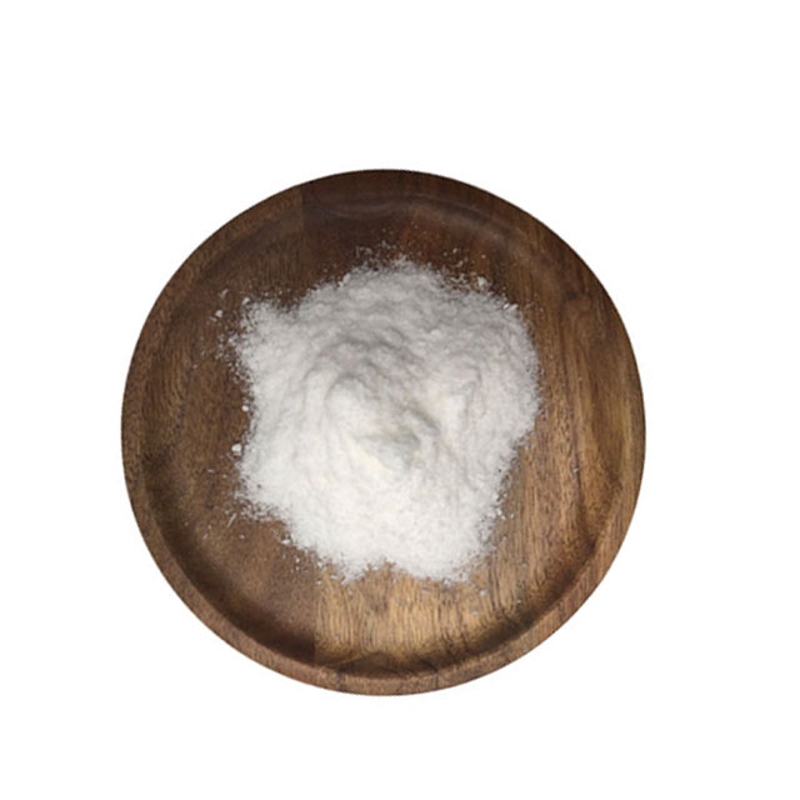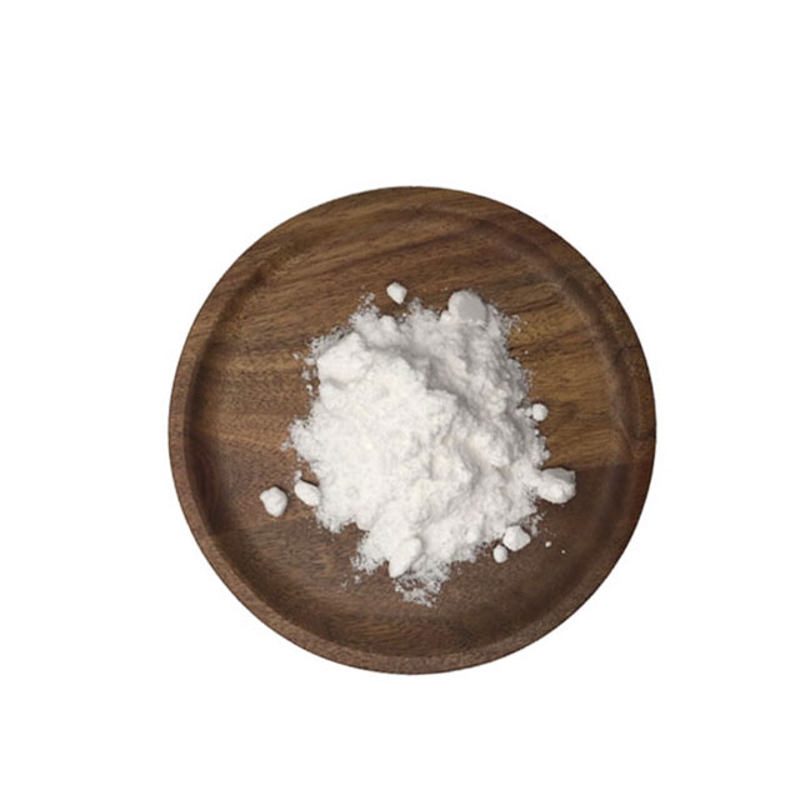Cell Host & microbe: shock! Calcium channel protein is the key receptor of cells infected by H1N1 virus
-
Last Update: 2018-05-30
-
Source: Internet
-
Author: User
Search more information of high quality chemicals, good prices and reliable suppliers, visit
www.echemi.com
May 30, 2018 / BIOON / - after more than 10 years of research, a research team finally found the key receptor molecules to enhance the infection of influenza A virus, providing a new target for the development of new anti influenza A virus drugs Photo source: Fujioka y et al., cell host when the virus particles adhere to the surface molecules of the host cell, the cell begins to be infected Virus particles then hijack cell components into cells and replicate, causing infection Although it has been studied for more than ten years, the receptor molecules binding to influenza A virus (IAV) have not been found A team led by Professor Yusuke Ohba of Hokkaido University found that changes in the concentration of Ca2 + in host cells play a key role in the process of IAV infection In the latest study, published in Cell Host & microbe, the team found that calcium channel protein, a transmembrane protein that allows calcium ions to enter cells through the cell membrane, is a key receptor for IAV infection Further treatment of human cells with calcium channel inhibitors (CCBS), a commonly used antihypertensive drug, significantly reduced IAV infection In experiments on cultured human cells, the researchers found that IAV binding to calcium channel protein produces a stream of calcium ions flowing into the cells, and then the virus will enter the cells and cause infection Knockout of calcium channel protein can inhibit IAV induced calcium current and virus infection They also found that sialic acid on calcium channel protein is the key point of virus binding Finally, the researchers tested the effectiveness of CCB in preventing IAV infection in mice When they administered CCB to mice in the nose, a significant dose-dependent decrease in the number of viral replication was observed When the mice were exposed to a large amount of IAV, CCB injection significantly prolonged the survival time of the mice and promoted the weight recovery of the survivors, while all the mice in the control group died within five days "We have even found that CCB can inhibit IAV as well as some existing anti influenza drugs We hope that the interaction between IAV and calcium channel proteins can provide important new targets for drug development " Professor Yusuke Ohba said Reference: Yoichiro Fujioka et al A sialylated voltage dependent Ca 2 + channel bindings hemagglutinin and mediates influenza A virus entry into mammalian cells, Cell Host & microbe (2018) Doi: 10.1016/j.chom.2018.04.015
This article is an English version of an article which is originally in the Chinese language on echemi.com and is provided for information purposes only.
This website makes no representation or warranty of any kind, either expressed or implied, as to the accuracy, completeness ownership or reliability of
the article or any translations thereof. If you have any concerns or complaints relating to the article, please send an email, providing a detailed
description of the concern or complaint, to
service@echemi.com. A staff member will contact you within 5 working days. Once verified, infringing content
will be removed immediately.







